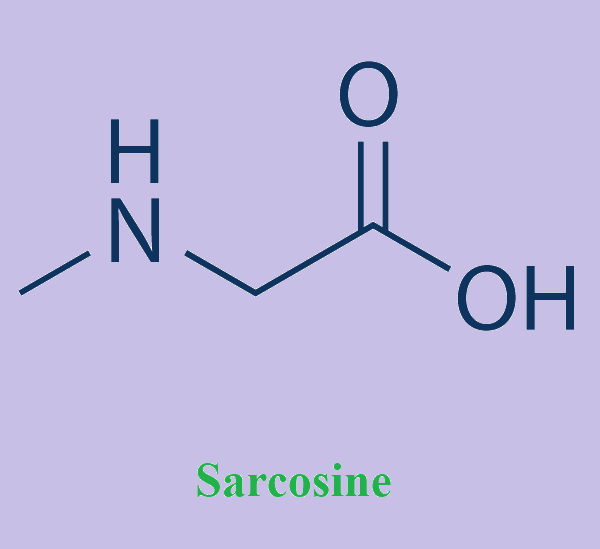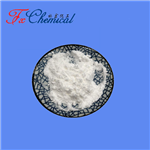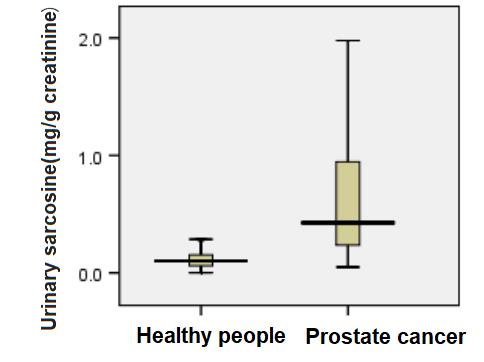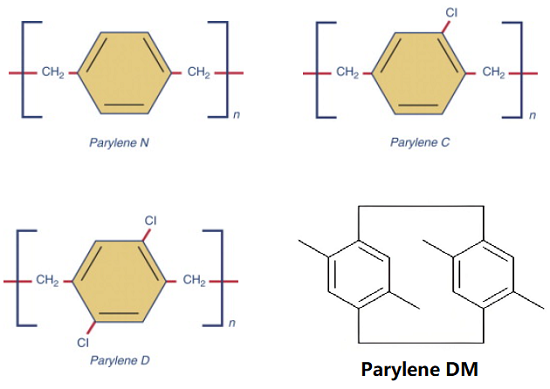Pharmacological Actions and Benefits of Sarcosine
What is Sarcosine?
Sarcosine (N-methylglycine) is a glutamatergic modulator that occurs naturally in muscles and other body tissues. It is an endogenous amino acid that not only reduces the major negative symptoms of schizophrenia, but is also an important biomarker for the diagnosis of prostate cancer.

Pharmacological Actions and Benefits
Helping to treat depression
Studies have shown that the antidepressant effects of Sarcosine are associated with increased NMDAR activity. By inhibiting synaptic reuptake of glycine, increased synaptic glycine activated not only NMDARs but also AMPARs. sarcosine elicited more NMDAR activation than glycine, suggesting that sarcosine stimulates NMDARs not only by increasing glycine levels. Thus, the increased glycine levels and NMDAR activation by sarcosine may activate AMPARs. furthermore, sarcosine treatment has been reported to rapidly activate the mTOR signalling pathway and GluR1 phosphorylation. This suggests that it may exert antidepressant effects through the AMPAR-mTOR signalling pathway.
Neuroprotective effects and treatment of schizophrenia
Sarcosine, a n-methyl derivative of glycine, has shown promising therapeutic effects on a number of cognitive disorders. In vitro studies have shown that it counteracts aluminium-induced neurotoxicity by increasing the percentage of surviving cells. In addition, administration of sarcosine significantly ameliorated and protected against AD-related pathological changes induced by aluminium chloride in experimental rats. Furthermore, clinical data suggest that sarcosine attenuates the major negative symptoms of schizophrenia. These beneficial changes may be mediated by trophic factors such as epidermal growth factor (EGF). The improvement in negative symptoms with sarcosine increments was not directly mediated by EGF, but effective treatment induced EGF production or prevented a decrease in EGF concentrations, suggesting a neuroprotective effect of treatment and confirming the relationship between neuroprotection and EGF levels.
Enhances the penetration of other ingredients into the skin
Acyl sarcosines are considered to be modified fatty acids with higher solubility and higher acidity of the carboxylic acid group compared to the parent fatty acid. They are used in large quantities as a hair conditioning agent and surfactant (detergent) in cosmetic formulations. In soaps, levels as high as 12.9 per cent have been reported. These ingredients are non-irritating and non-sensitising to animal and human skin, but enhance the penetration of other ingredients into the skin.
References:
[1] YU-JUNG CHENG Hsien Y L Chieh Hsin Lin. Ketamine, benzoate, and sarcosine for treating depression[J]. Neuropharmacology, 2023, 223. DOI:10.1016/j.neuropharm.2022.109351.[2] Sarcosine[J]. Definitions, 2020, 21 1: 37-49. DOI:10.32388/imefs1.
[3] ARZUGüL TANAS. In Vitro and In Vivo Neuroprotective Effects of Sarcosine.[J]. ACS Applied Bio Materials, 2022. DOI:10.1155/2022/5467498.
[4] PAWLAK A, KACZMAREK B, WYSOKI?SKI A, et al. Sarcosine May Induce EGF Production or Inhibit the Decline in EGF Concentrations in Patients with Chronic Schizophrenia (Results of the PULSAR Study)[J]. Pharmaceuticals, 2023, 34 1: 1-118. DOI:10.3390/ph16111557.
5] COCOYL SARCOSINATE A L S. Final Report on the Safety Assessment of Cocoyl Sarcosine, Lauroyl Sarcosine, Myristoyl Sarcosine, Oleoyl Sarcosine, Stearoyl Sarcosine, Sodium Cocoyl Sarcosinate, Sodium Lauroyl Sarcosinate, Sodium Myristoyl Sarcosinate, Ammonium Cocoyl Sarcosinate, and Ammonium Lauroyl Sarcosinate[J]. International Journal of Toxicology, 2001, 20 1: 1-14. DOI:10.1080/10915810152902547X.
You may like
Related articles And Qustion
See also
Lastest Price from Sarcosine manufacturers

US $1200.00-1100.00/ton2025-09-25
- CAS:
- 107-97-1
- Min. Order:
- 1ton
- Purity:
- 99%
- Supply Ability:
- 1000T/M

US $0.00/KG2025-04-21
- CAS:
- 107-97-1
- Min. Order:
- 1KG
- Purity:
- 98.0%
- Supply Ability:
- 1000kg/month




